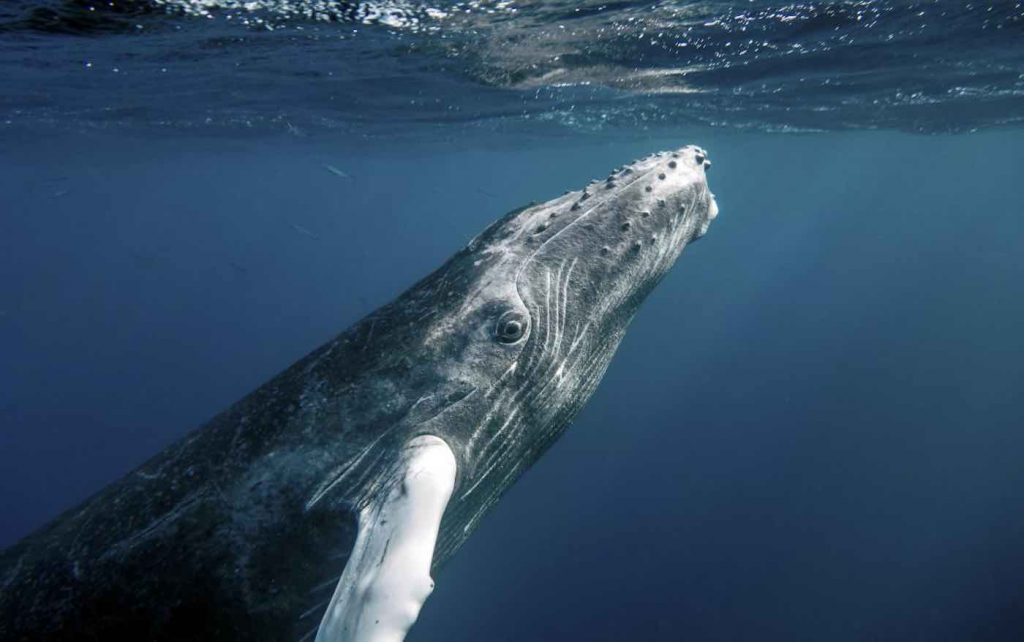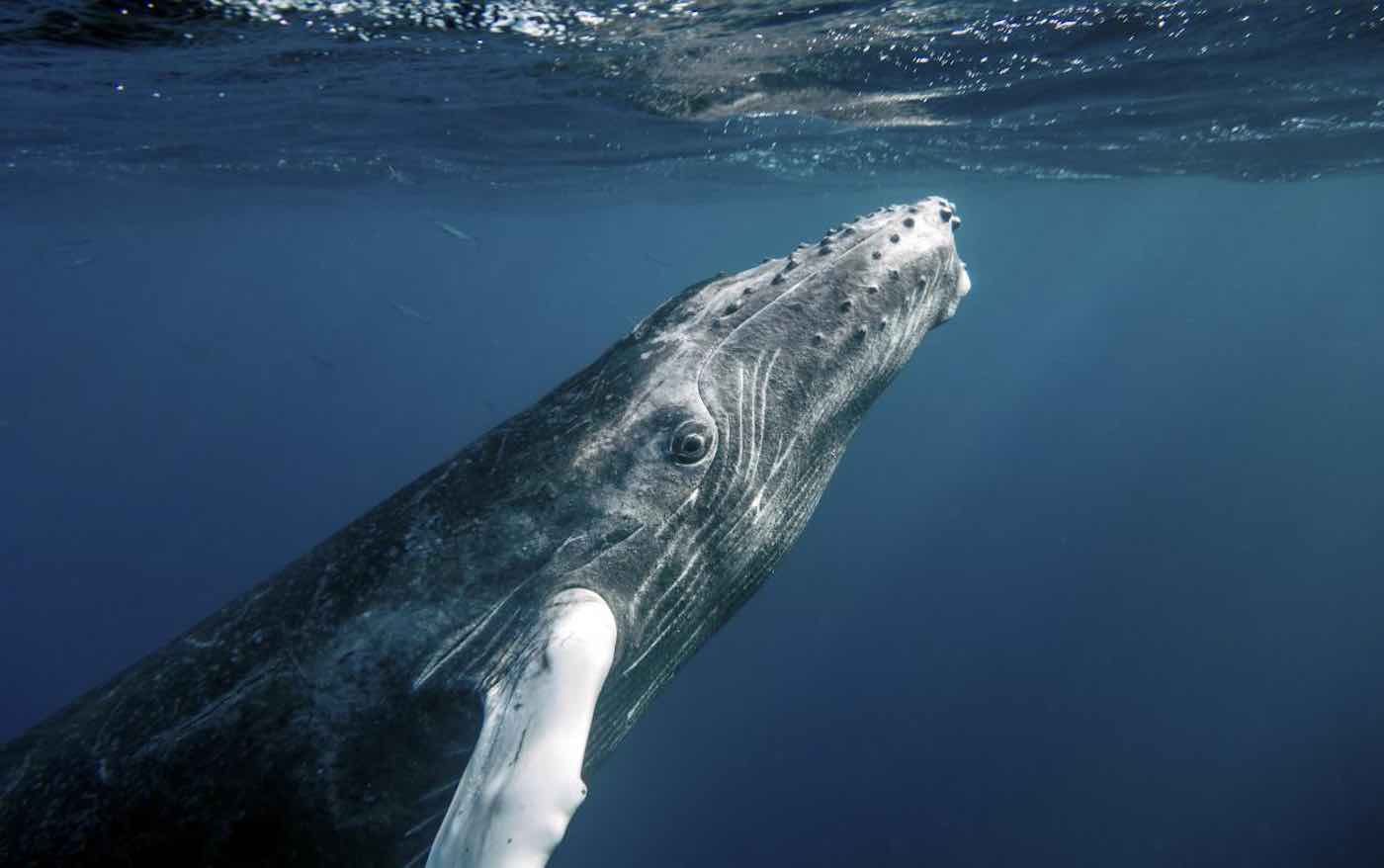Conservationists are rejoicing after new research showed that whales in the South Atlantic have rebounded from the brink of extinction.
Intense pressure from the whaling industry in the early 1900s saw the western South Atlantic population of humpbacks diminish to only 450 whales, after approximately 25,000 of the mammals were hunted within 12 years.
Protections were put in place in the 1960s after scientists noticed worldwide that populations were declining. In the mid-1980s, the International Whaling Commission issued a moratorium on all commercial whaling, offering further safeguards for the struggling population.
A new study co-authored by Grant Adams, John Best and André Punt from the University of Washington’s School of Aquatic and Fishery Sciences revealed that the species’ population (Megaptera novaeangliae) has rebounded to 25,000. Researchers believe this new estimate is now close to pre-whaling numbers.
RELATED: Hope on Horizon for Escaped ‘Russian Spy Whale‘ After Video of Its Rugby Skills Goes Viral
“We were pleasantly surprised by the comeback; previous studies hadn’t suggested that humpback whales in this region were doing this well,” Best told Good News Network in an email.
The study, published last month in the journal Royal Society Open Science, refutes a previous assessment conducted by the International Whaling Commission between 2006 and 2015 which indicated the population had only recovered to about 30% of its pre-exploitation numbers. Since that assessment was completed, new data has come to light, providing more accurate information on catches, genetics, and life-history.

“Accounting for pre-modern whaling and struck-and-lost rates where whales were shot or harpooned but escaped and later died, made us realize the population was more productive than we previously believed,” said Adams, a UW doctoral student who helped construct the new model.
The study incorporated detailed records from the whaling industry at the outset of commercial exploitation, while current population estimates are made from a combination of air- and ship-based surveys, along with advanced modeling techniques.
The authors anticipate that the model built for this study can be used to determine population recovery in other species in more detail as well.
“We believe that transparency in science is important,” said Adams. “The software we wrote for this project is available to the public and anyone can reproduce our findings.”
Lead author Alex Zerbini of the UW’s Joint Institute for the Study of the Atmosphere and Ocean stressed the importance of providing population assessments without biases, but says these findings come as good news— an example of how an endangered species can come back from near extinction.
“Wildlife populations can recover from exploitation if proper management is applied,” said Zerbini, who completed this work at the NOAA Alaska Fisheries Science Center’s Marine Mammal Laboratory.
LOOK: McDonalds is Turning Dozens of Roadside Billboards into ’Bee Hotels’ in Sweden
The study also looks at how the revival of South Atlantic humpbacks may have ecosystem-wide impacts. Whales compete with other predators, like penguins and seals, for krill as their primary food source. Krill populations may further be impacted by warming waters due to climate changes, compressing their range closer to the poles.
SHARE This Whale Of A Positive Trend With Your Friends On Social Media…





















Not exploitation, the term is overhunting or overharvesting. Such as what was done with Muley, Whitetail Deer, and Bison in North America. Now those animals are coming back in large sustaining numbers since now the populations are being properly managed through real not pseudo conservation.
Great good news story!
Everyone involved in helping this should take a bow. And many other folks should take inspiration and help save another species.